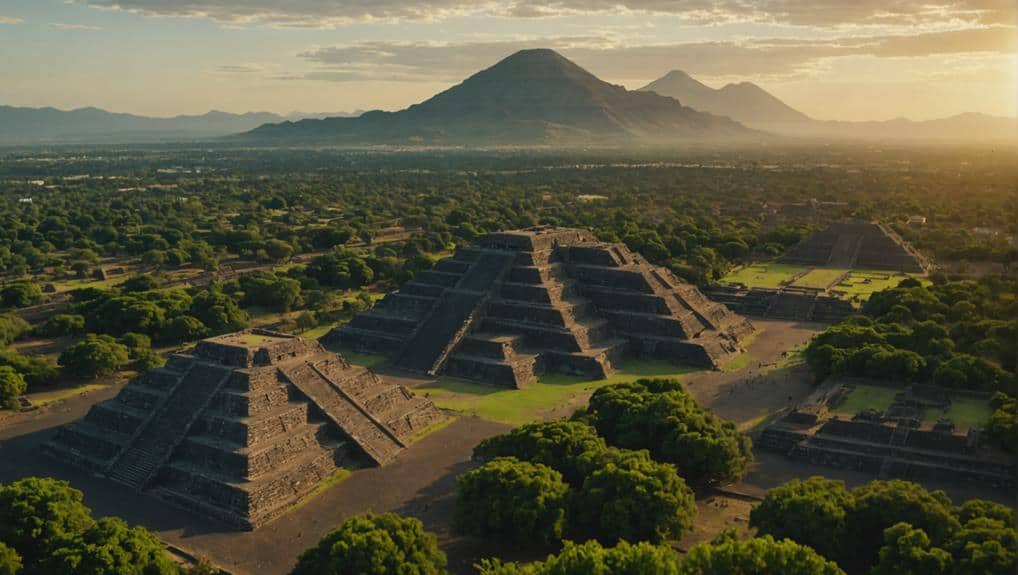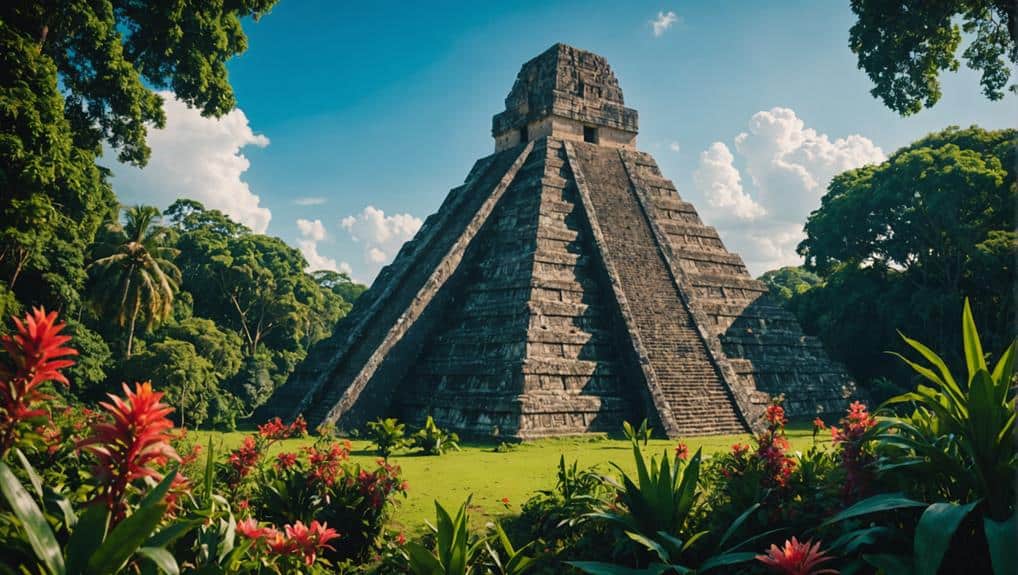Mesoamerica, a region extending from central Mexico through Central America, was home to several advanced pre-Columbian civilizations. These cultures developed complex societies, remarkable achievements in science and art, and rich religious traditions. Among the most prominent Mesoamerican civilizations are the Olmecs, the Maya, and the Aztecs, each of which left an indelible mark on the history and culture of the region.
Overview of Mesoamerica’s Geographical and Historical Context
Mesoamerica is characterized by its diverse landscapes, including highlands, lowlands, rainforests, and coastal plains. This region supported the development of agriculture, which in turn allowed the rise of settled communities and complex societies. The cultivation of maize, beans, and squash formed the agricultural backbone of Mesoamerican civilizations, facilitating urbanization and cultural advancements.
Olmecs
Earliest Known Mesoamerican Civilization
The Olmec civilization, flourishing from around 1500 to 400 BCE, is considered the “mother culture” of Mesoamerica. Located primarily in the tropical lowlands of south-central Mexico, the Olmecs established the foundation for later Mesoamerican societies in terms of culture, religion, and political organization.
Colossal Heads and Other Artifacts
The Olmecs are renowned for their colossal stone heads, some of which stand over ten feet tall and weigh several tons. These heads are believed to represent Olmec rulers and showcase the civilization’s impressive sculptural skills. Other notable artifacts include jade figurines, intricate pottery, and early examples of Mesoamerican writing and iconography.
Maya Civilization
City-States and Political Organization
The Maya civilization, which reached its peak between 250 and 900 CE, was composed of numerous city-states spread across present-day Mexico, Guatemala, Belize, Honduras, and El Salvador. Each city-state was an independent political entity, often ruled by a king and supported by a complex hierarchy of nobles, priests, and administrators. Notable city-states include Tikal, Palenque, and Chichen Itza.
Achievements in Mathematics and Astronomy
The Maya made significant advancements in mathematics and astronomy. They developed a sophisticated calendar system based on detailed astronomical observations, including the famous Long Count calendar. The Maya also invented the concept of zero independently and used a vigesimal (base-20) number system. Their architectural accomplishments, such as the construction of step pyramids and ceremonial centers, reflect their advanced engineering skills.
Aztec Empire
Rise and Expansion
The Aztec Empire, centered in the Valley of Mexico, emerged as a dominant force in the region during the 14th to 16th centuries. The Aztecs, originally a nomadic tribe, established their capital at Tenochtitlan (modern-day Mexico City) in 1325 CE. Through military conquest and strategic alliances, they expanded their influence over much of central Mexico, creating a vast and powerful empire.
Tenochtitlan: Capital City
Tenochtitlan, built on an island in Lake Texcoco, was a marvel of urban planning and engineering. The city featured a network of canals, causeways, and aqueducts, along with impressive temples, palaces, and public buildings. The Great Temple (Templo Mayor), dedicated to the gods Huitzilopochtli and Tlaloc, was the religious and ceremonial heart of the city.
Cultural and Religious Practices
Human Sacrifices
Human sacrifice played a central role in Mesoamerican religious practices, particularly among the Aztecs. These sacrifices were believed to appease the gods and ensure the continued balance and prosperity of the world. The rituals were often conducted at the tops of pyramids, with offerings that included captives taken in war.
Deities and Mythology
Mesoamerican cultures worshipped a pantheon of deities associated with natural forces, agriculture, and celestial bodies. Key gods included the Olmec rain god, the Maya sun god Kinich Ahau, and the Aztec god of war Huitzilopochtli. Mythological narratives, such as the Maya Popol Vuh, recount the creation of the world, the adventures of gods and heroes, and the origins of human beings.
Read More About Mesoamerican Cultures
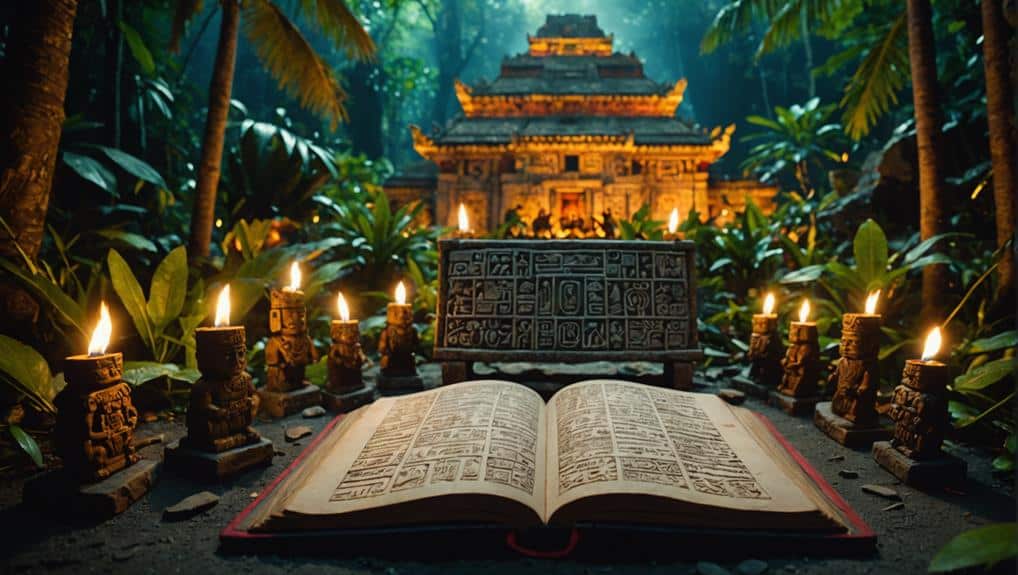
Ancient Stories: Unveiling the Rich History in Mixtec Codices
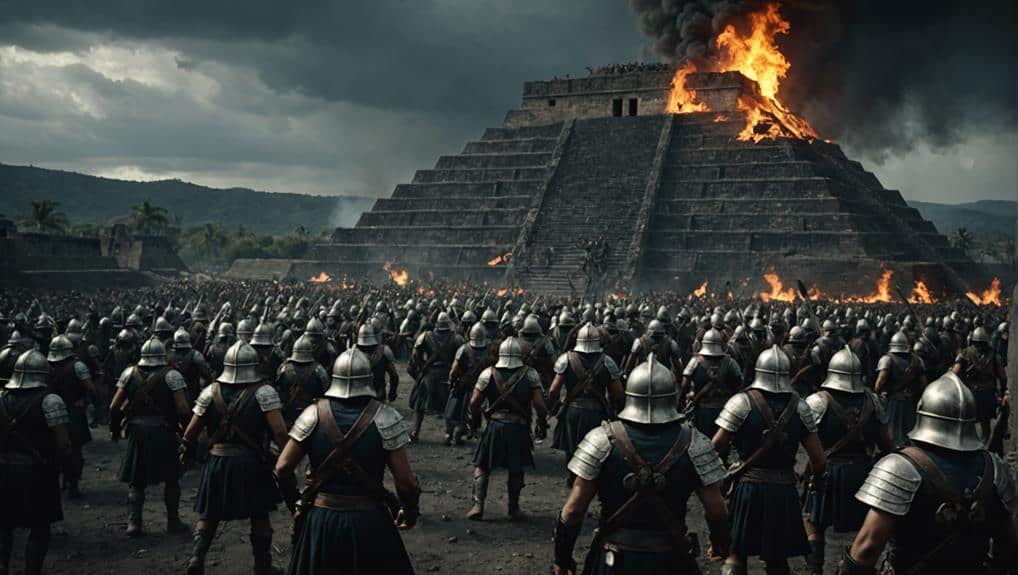
Conquest and Collapse: The Dramatic Fall of the Aztec Empire
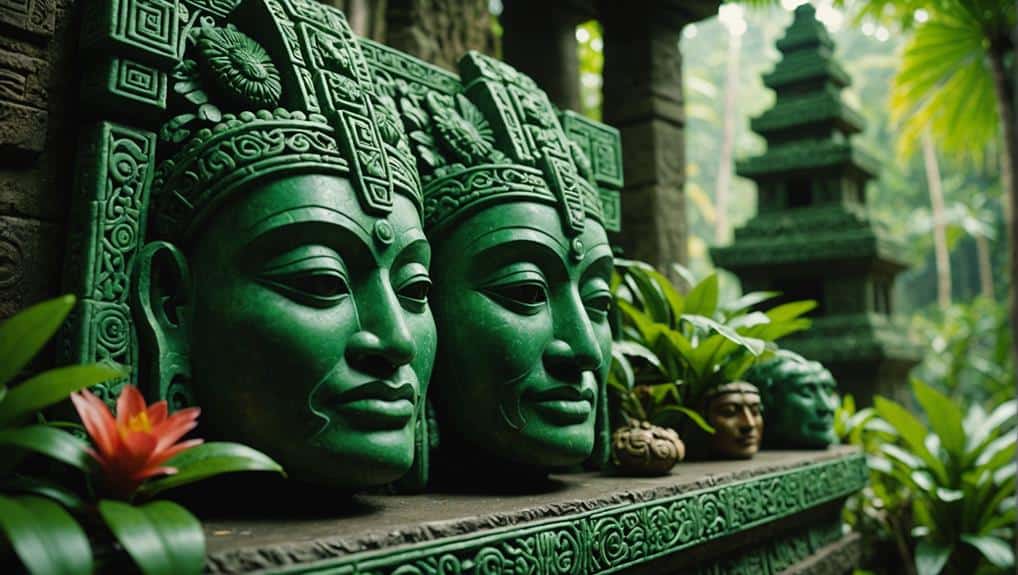
Green Gold: The Importance of Jade in Mesoamerican Art and Culture
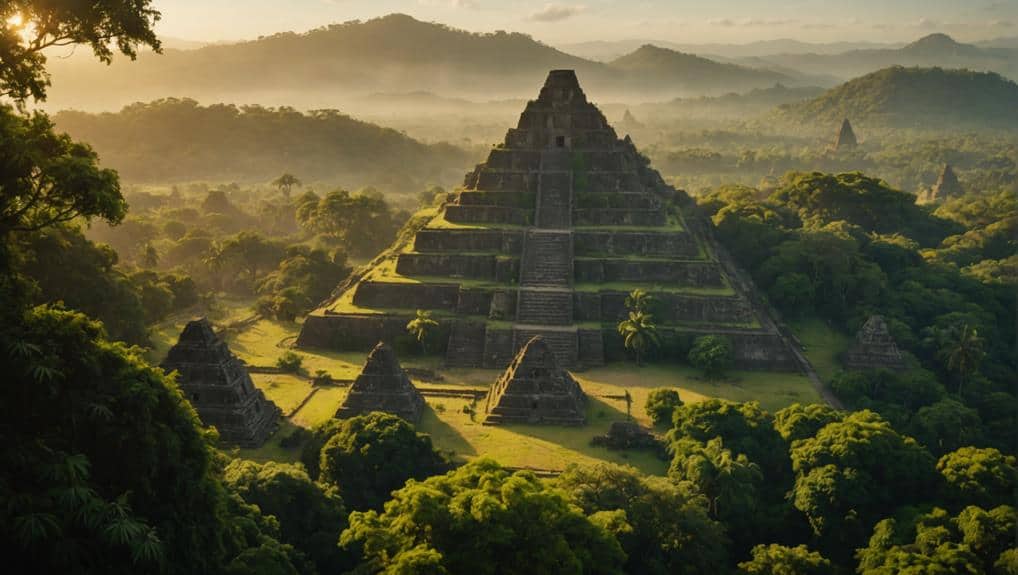
Forgotten Empire: The Rise and Influence of the Toltecs
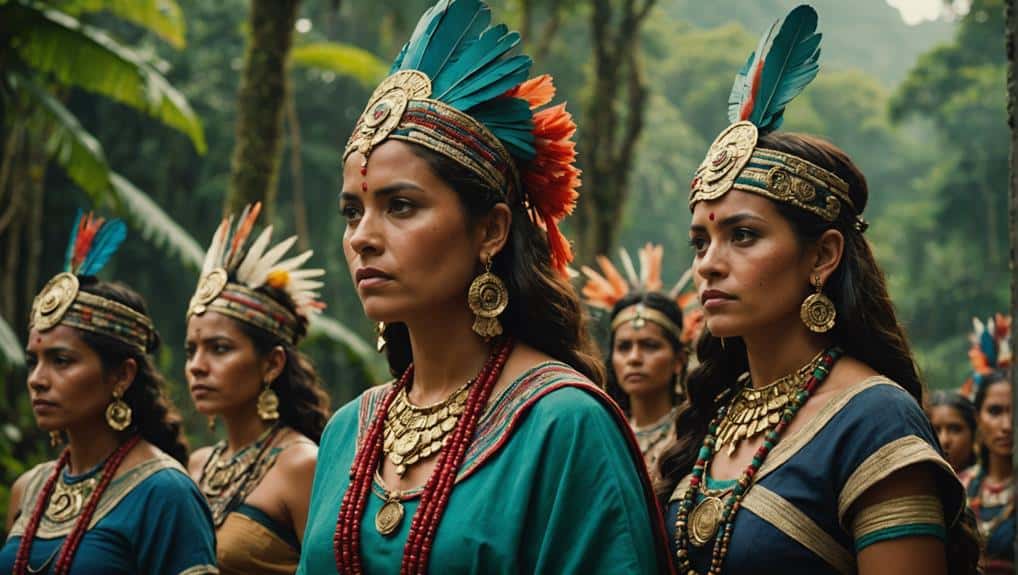
Powerful Women: The Influential Roles of Women in Mesoamerican Cultures
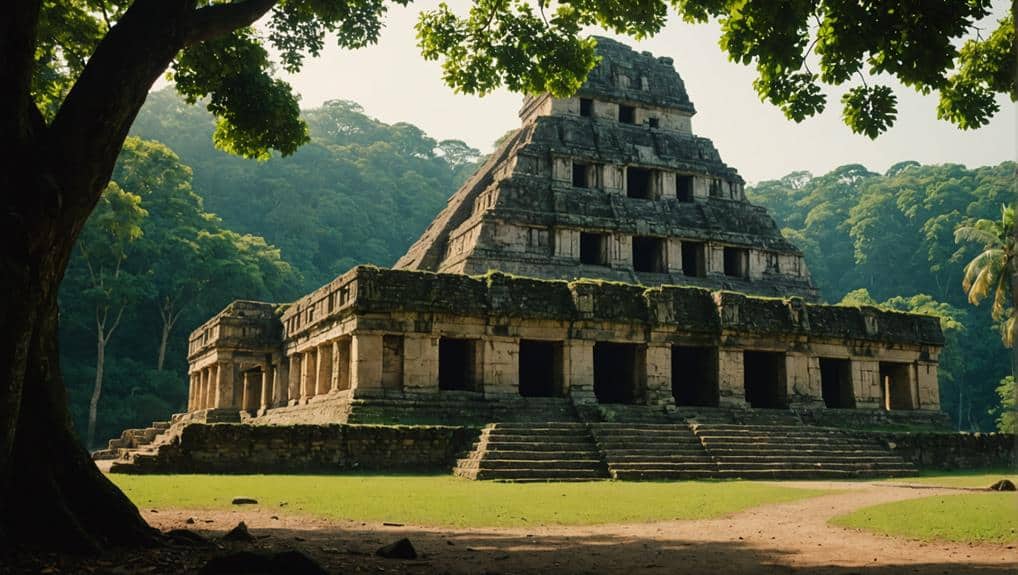
Hidden City: The Splendor of the Ancient Maya City of Palenque
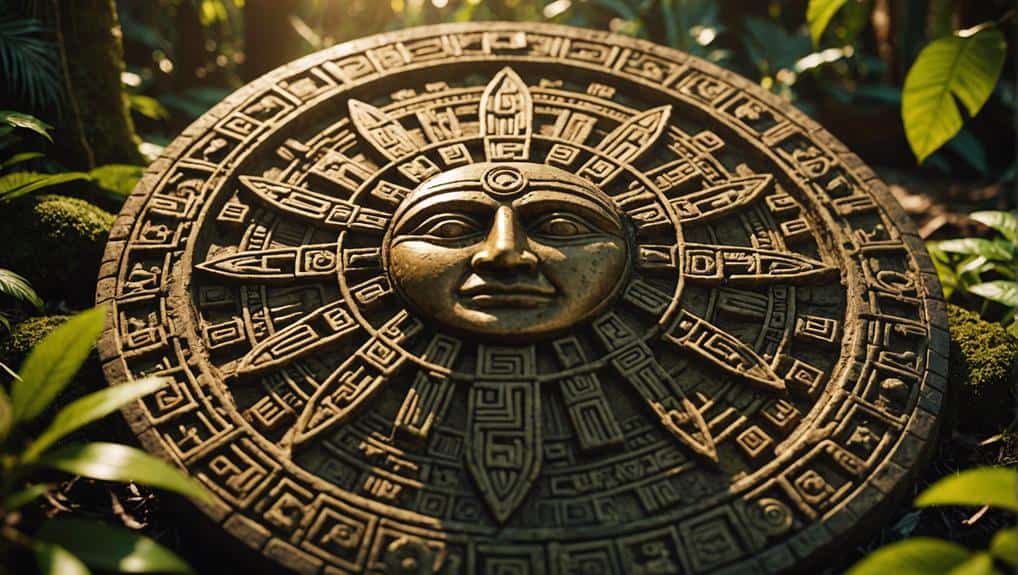
Deciphering the Aztec Sun Stone: An Ancient Calendar's Secrets
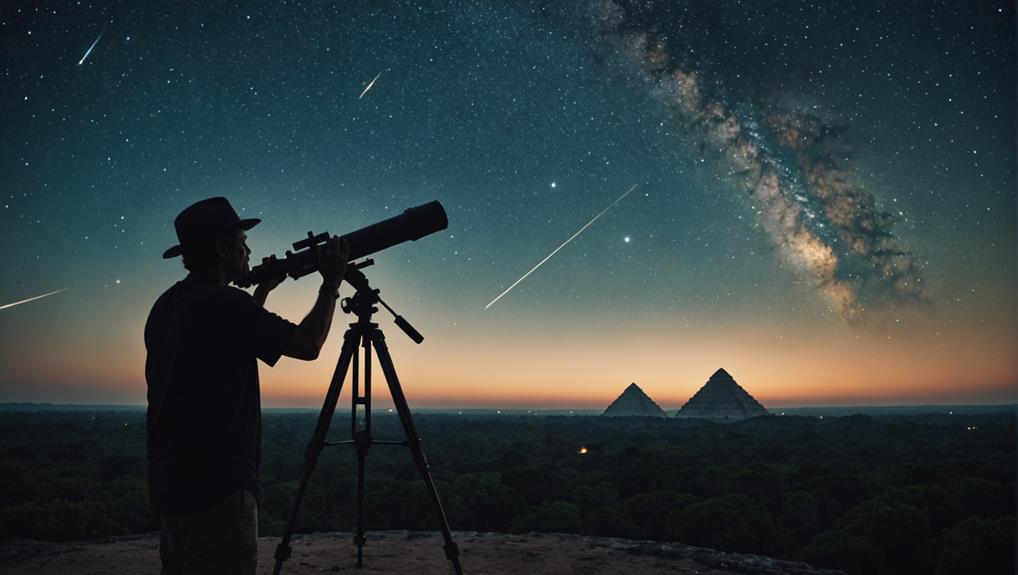
Stargazers: How the Maya Mastered Astronomy
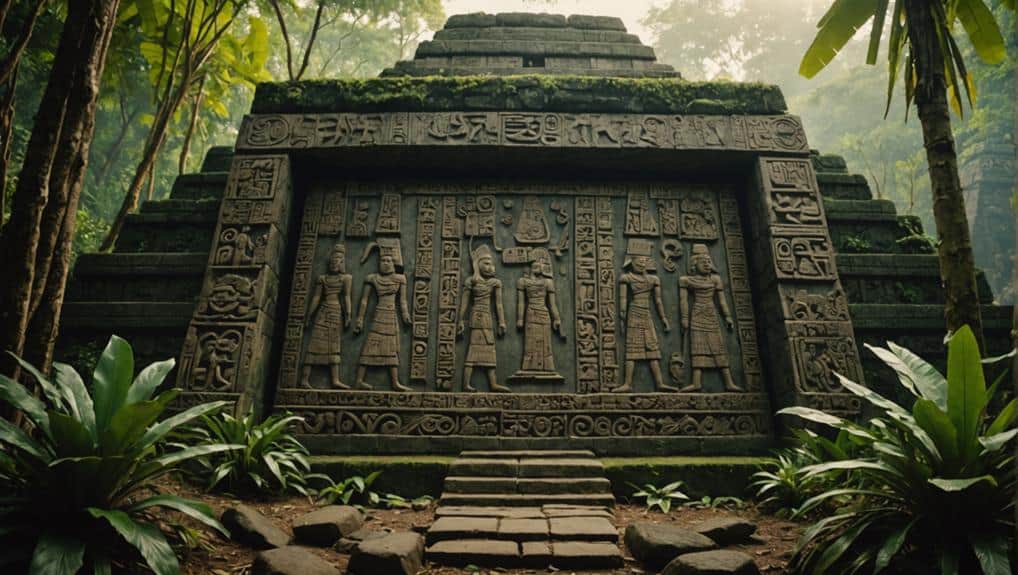
Cracking the Code: The Complex Writing Systems of Mesoamerica
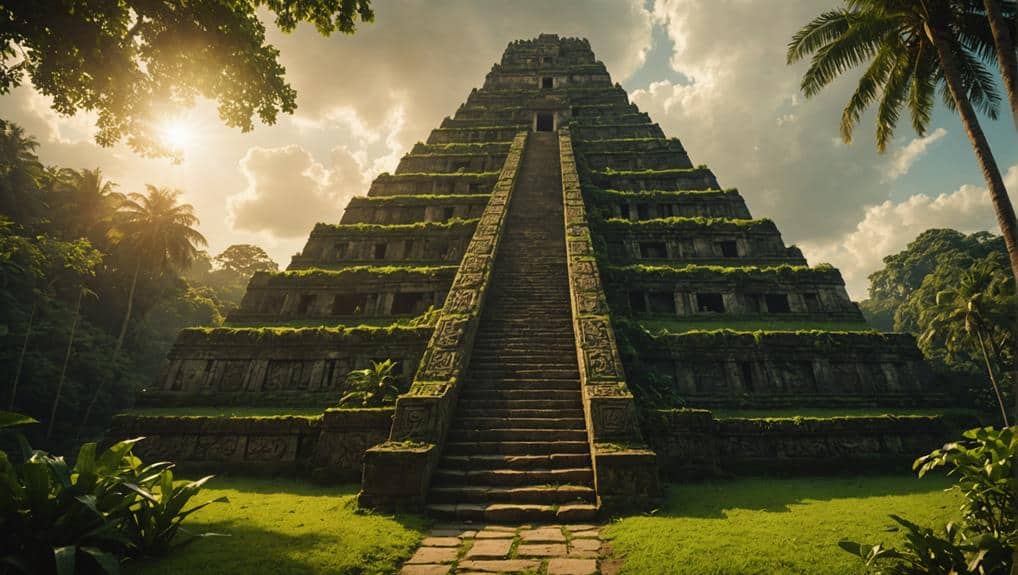
Stairway to the Gods: The Astonishing Temple of Kukulkan
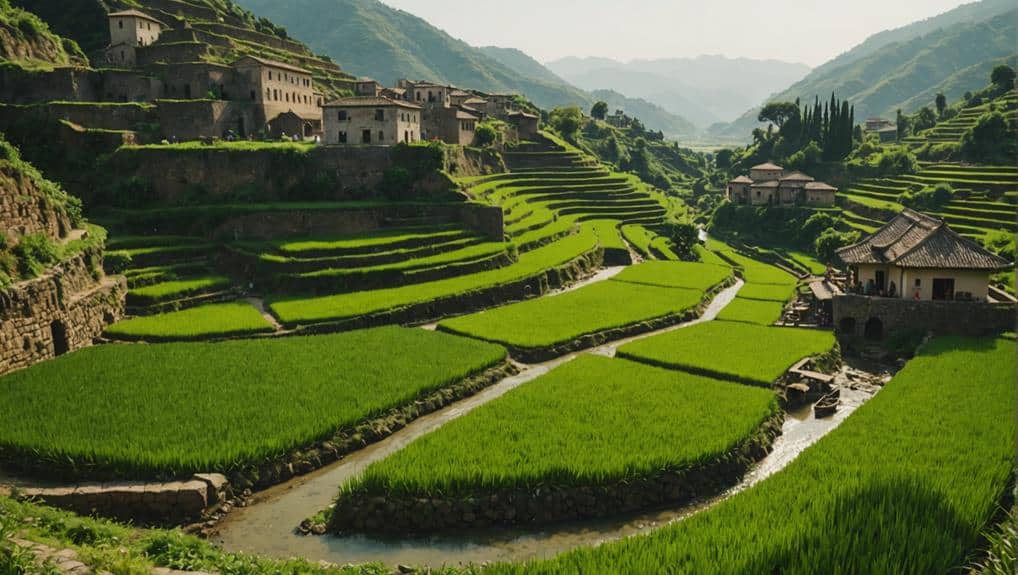
Farming Feats: Advanced Agricultural Practices of the Maya and Aztecs
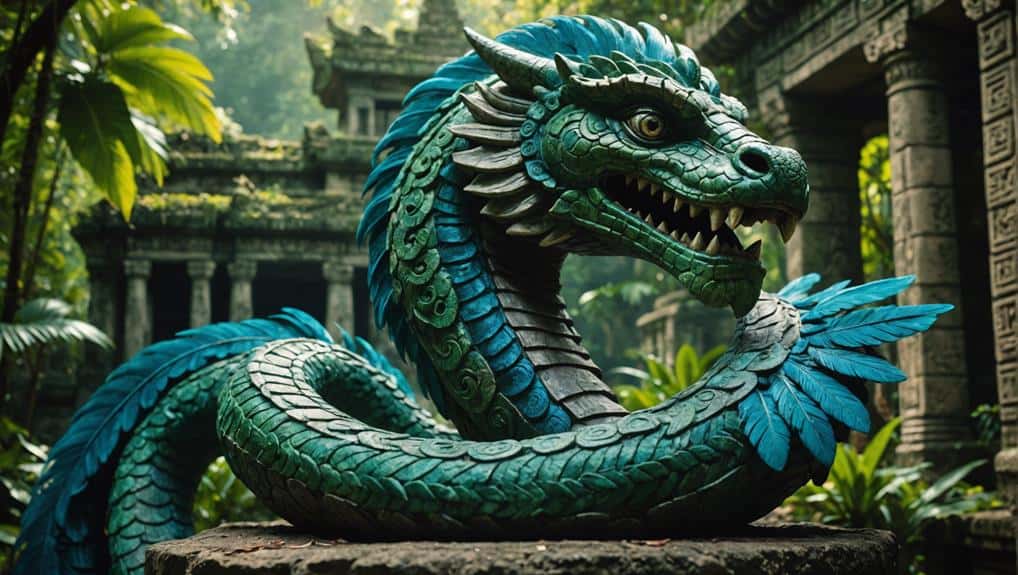
Feathered Serpent: The Myth and Mystery of Quetzalcoatl
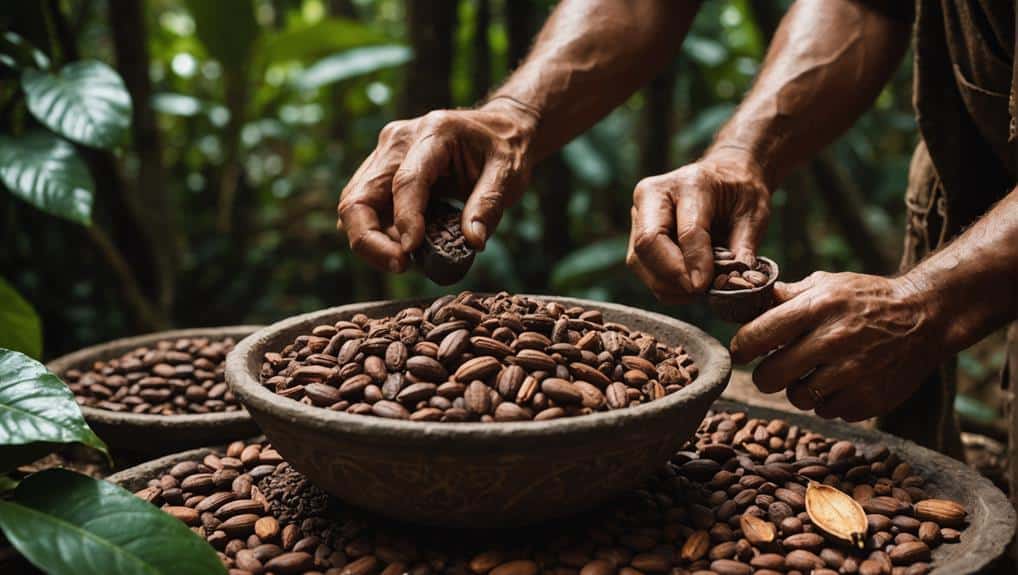
Sweet Discovery: How Mesoamericans Gave the World Chocolate
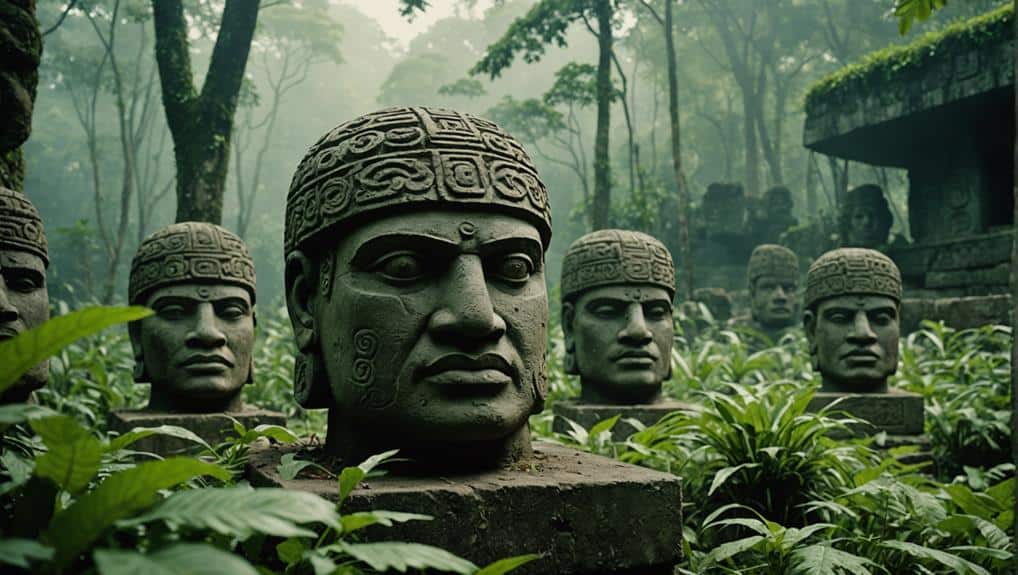
Giant Stone Heads: The Enigmatic Legacy of the Olmecs
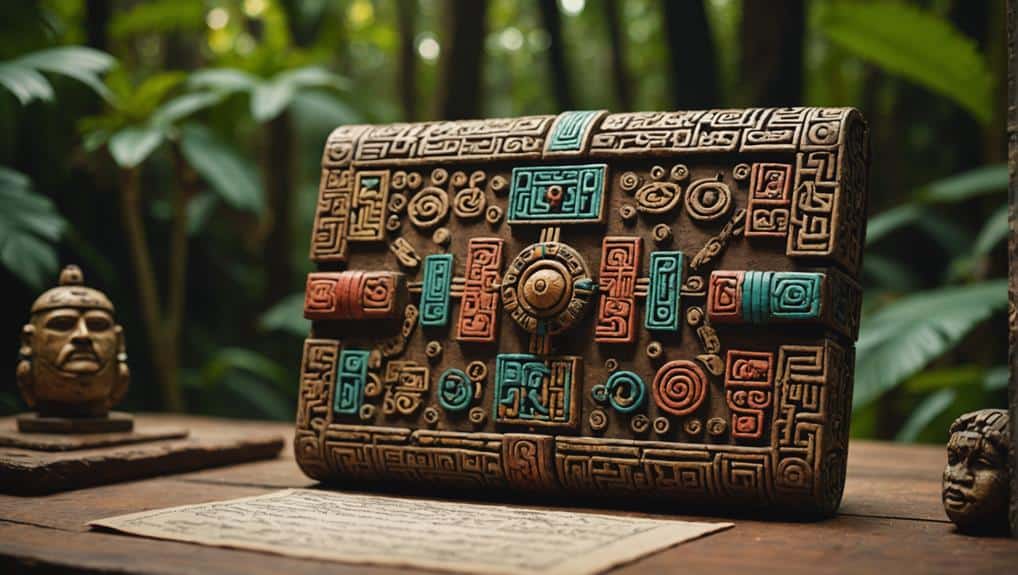
Ancient Manuscripts: The Secrets Hidden in Mesoamerican Codices
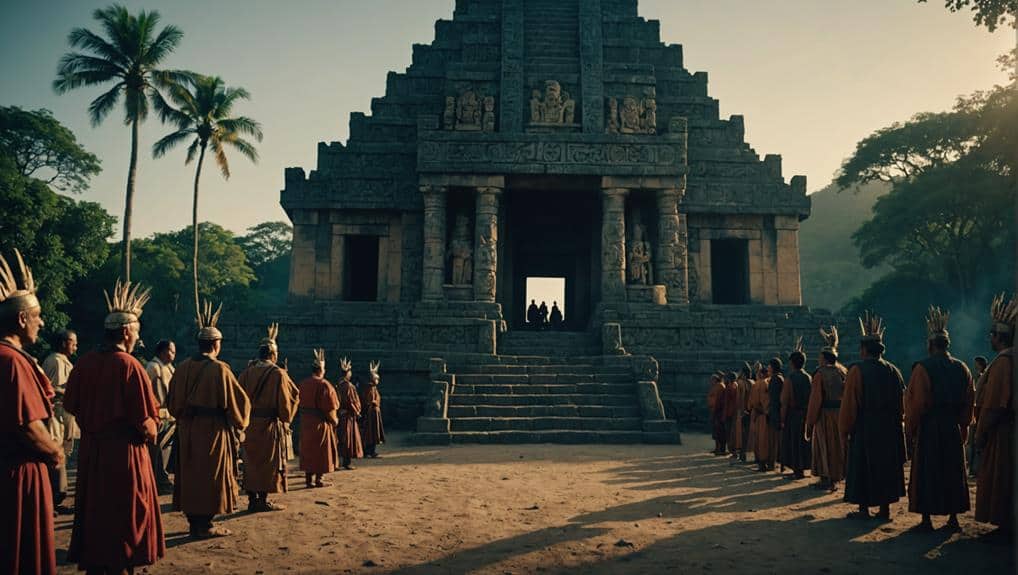
Shocking Rituals: The Truth About Human Sacrifice in Mesoamerican Cultures
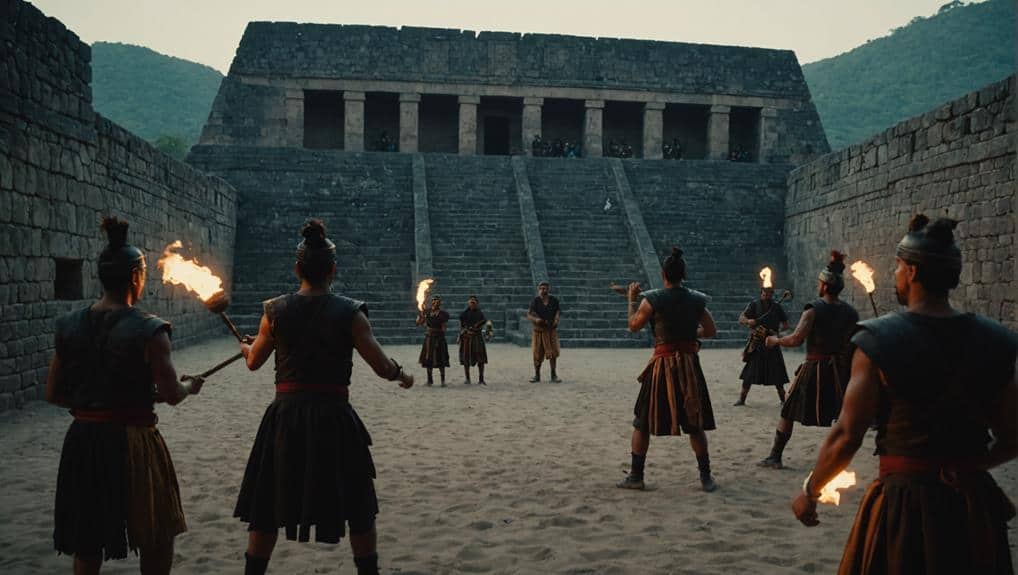
Deadly Sport: The Ancient Mesoamerican Ballgame You Need to Know About
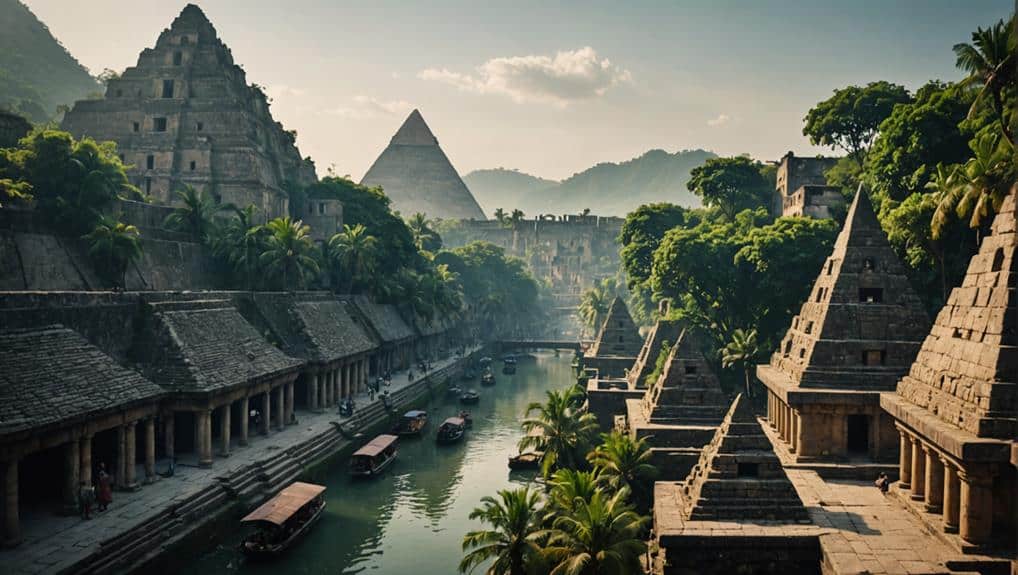
Lost City: The Rise and Fall of the Aztec Capital, Tenochtitlán
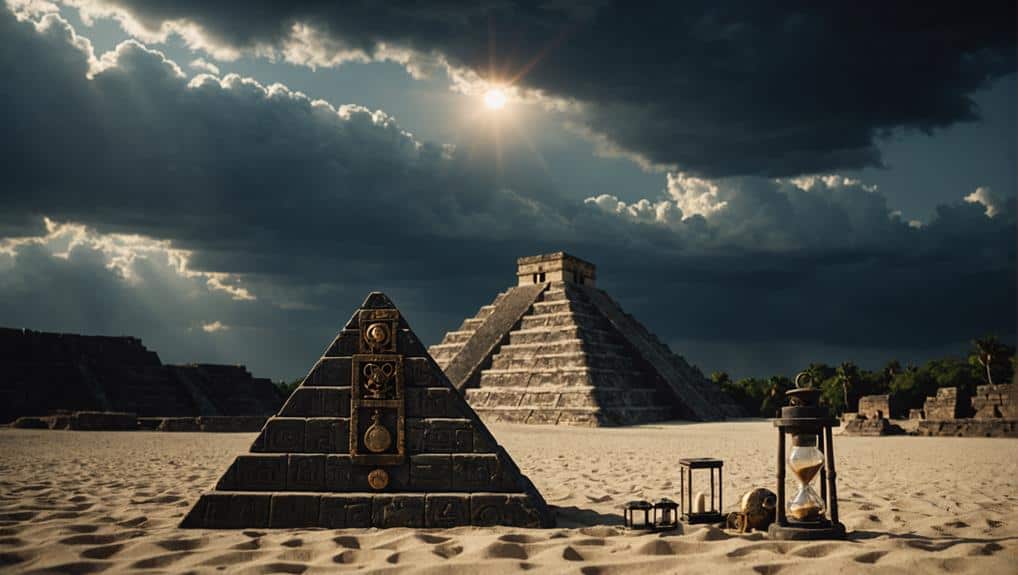
End of the World? Unveiling the Truth Behind the Mayan Calendar
